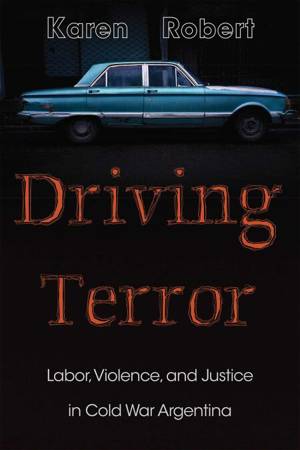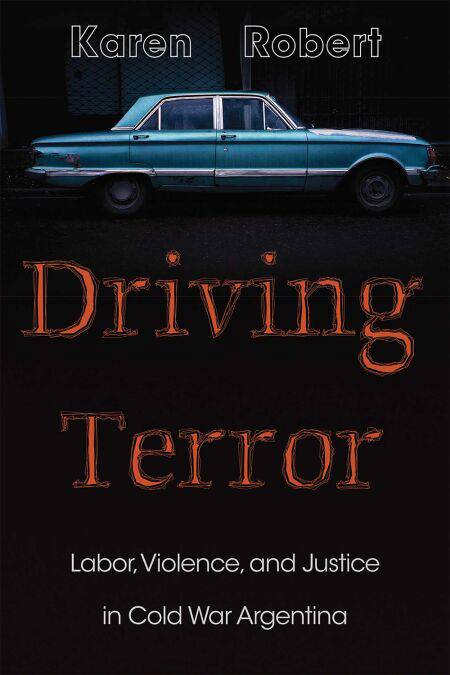
- Afhalen na 1 uur in een winkel met voorraad
- Gratis thuislevering in België vanaf € 30
- Ruim aanbod met 7 miljoen producten
- Afhalen na 1 uur in een winkel met voorraad
- Gratis thuislevering in België vanaf € 30
- Ruim aanbod met 7 miljoen producten
Zoeken
€ 22,36
+ 22 punten
Uitvoering
Omschrijving
Driving Terror tells the story of twenty-four Ford autoworkers in Argentina who were tortured and “disappeared” for their union activism in 1976, miraculously survived, and pursued a decades-long quest for truth and justice. In December 2018, more than four decades after their ordeal, the men won a historic human-rights case against a military commander and two retired Ford Argentina executives who were convicted of crimes against humanity.
The book uses this David-and-Goliath story to explore issues of labor repression and corporate complicity with Argentina’s last military dictatorship as well as to shed light on the enormous obstacles facing victims of such crimes. Its emphasis on working-class activism in the arenas of labor and human rights introduces North American readers to a new narrative of contemporary Argentine history.
The Ford survivors’ story intertwines with the symbolic evolution of the car the men helped build at Ford: the Falcon sedan. The political polarization and violence of the Cold War era transformed the Falcon from a popular family car to a tool of state terror after the coup of 1976, when it became associated with the widespread practice of “disappearance.” Its meaning continued to evolve after the return to democracy, when artists and activists used it as a symbol of military impunity during Argentina’s long-term struggles over justice and memory.
The book uses this David-and-Goliath story to explore issues of labor repression and corporate complicity with Argentina’s last military dictatorship as well as to shed light on the enormous obstacles facing victims of such crimes. Its emphasis on working-class activism in the arenas of labor and human rights introduces North American readers to a new narrative of contemporary Argentine history.
The Ford survivors’ story intertwines with the symbolic evolution of the car the men helped build at Ford: the Falcon sedan. The political polarization and violence of the Cold War era transformed the Falcon from a popular family car to a tool of state terror after the coup of 1976, when it became associated with the widespread practice of “disappearance.” Its meaning continued to evolve after the return to democracy, when artists and activists used it as a symbol of military impunity during Argentina’s long-term struggles over justice and memory.
Specificaties
Betrokkenen
- Auteur(s):
- Uitgeverij:
Inhoud
- Aantal bladzijden:
- 296
- Taal:
- Engels
- Reeks:
Eigenschappen
- Productcode (EAN):
- 9780826367624
- Verschijningsdatum:
- 3/03/2025
- Uitvoering:
- E-book
- Beveiligd met:
- Adobe DRM
- Formaat:
- ePub

Alleen bij Standaard Boekhandel
+ 22 punten op je klantenkaart van Standaard Boekhandel
Beoordelingen
We publiceren alleen reviews die voldoen aan de voorwaarden voor reviews. Bekijk onze voorwaarden voor reviews.








